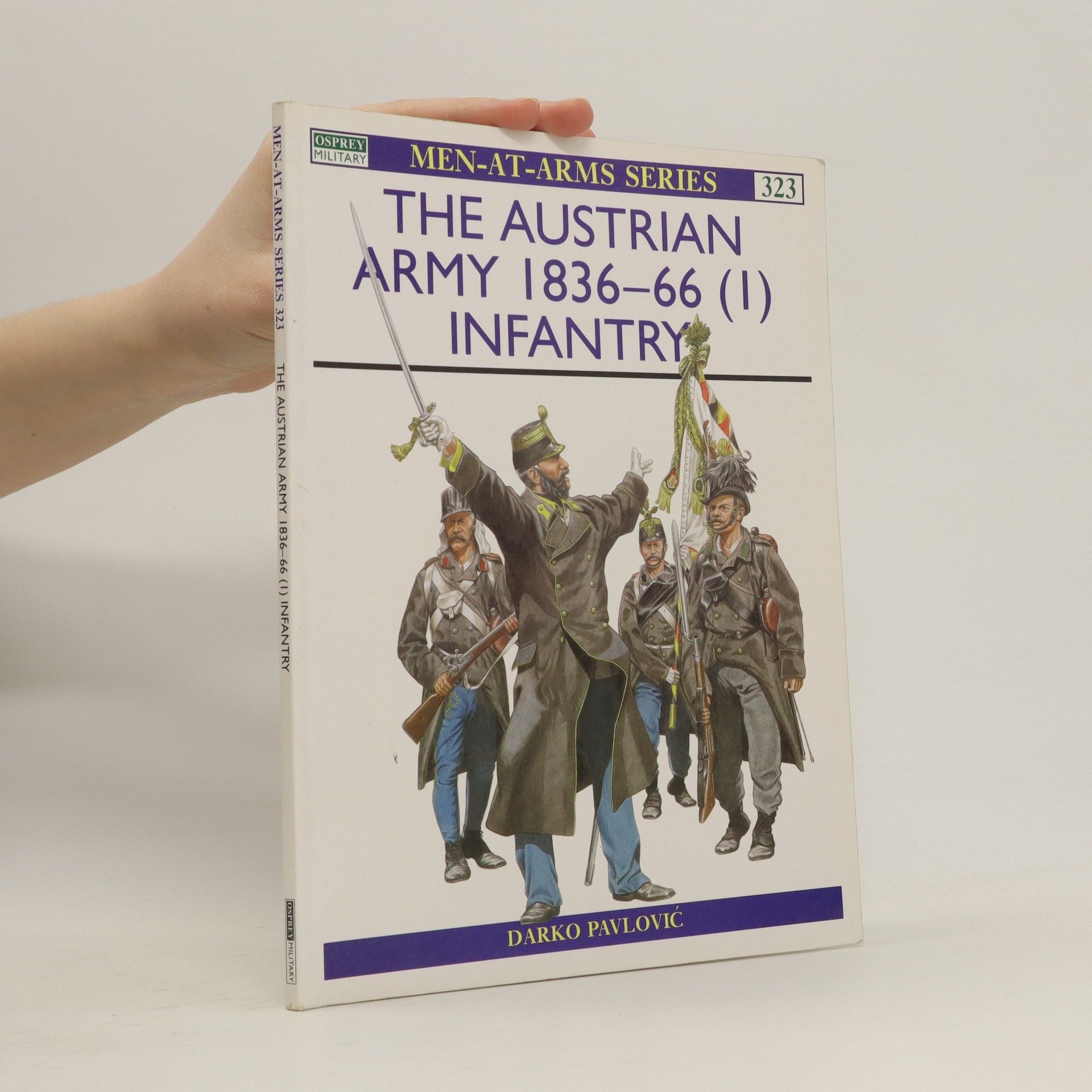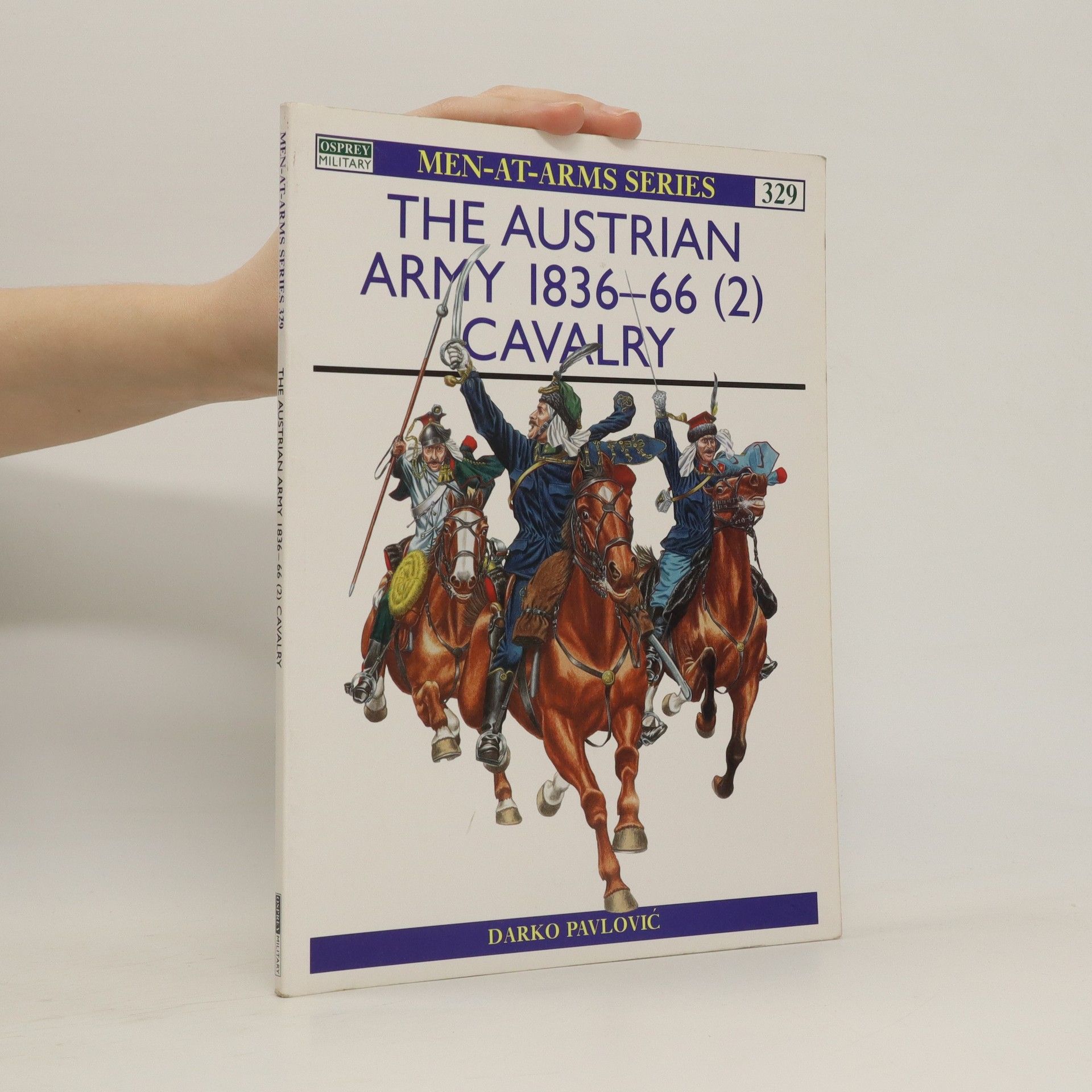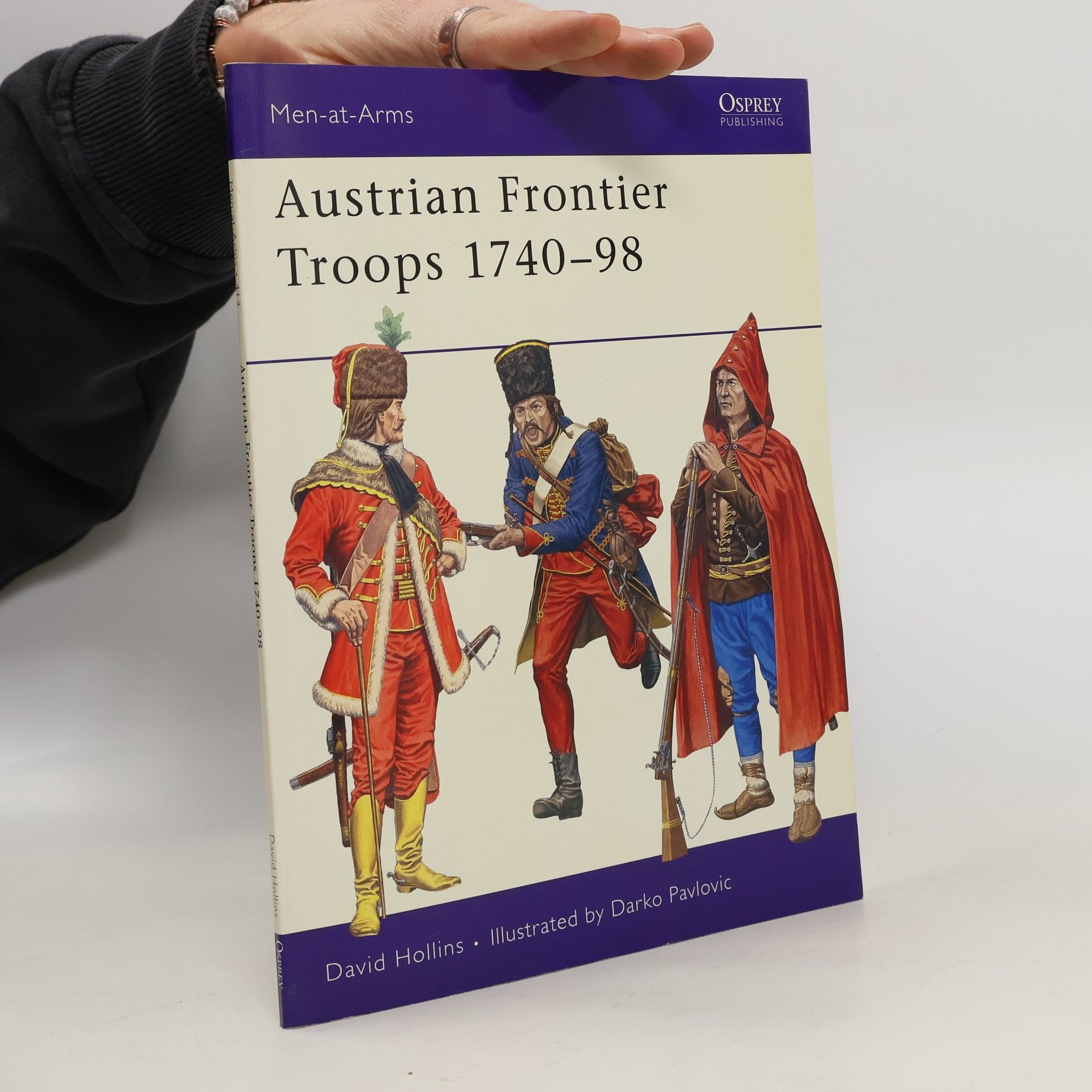Austrian Frontier Troops 1740–98
- 48pages
- 2 heures de lecture
Austria's Balkan frontier – the disputed borderland between Europe and the Ottoman Turks – was defended in the 18th century by a unique organization of hardy communities who were granted farmland in return for armed service. These Grenzers, masters of guerrilla warfare, were later incorporated into Austria's regular forces, and earned a wider reputation fighting against the army of Frederik the Great's Prussia. By the start of the wars against Revolutionary and Napoleonic France they provided a significant part of the Austrian Line. This book unravels their complex history, and illustrates the development of their colourful folk costumes into striking uniforms.






